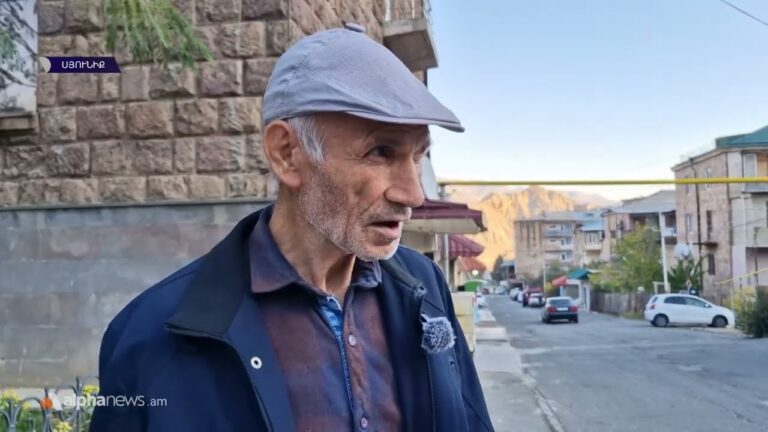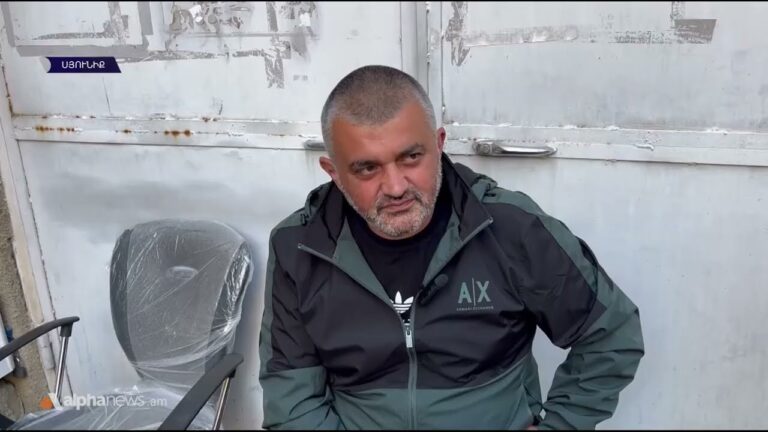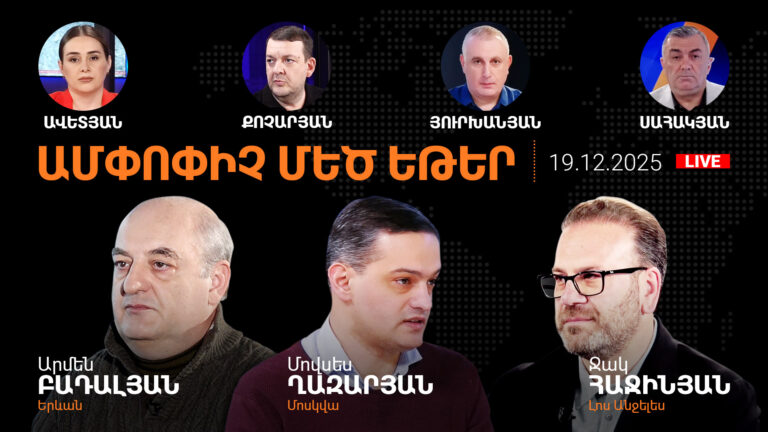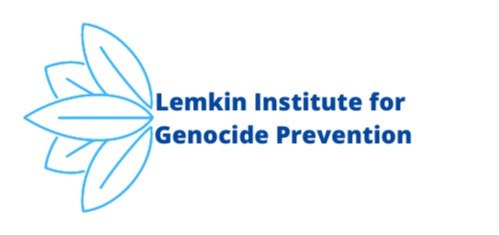Now it’s official: the “Crossroads of Peace” is “Pashinyan’s dead end”
August 09 2024, 12:37
The political process is not only a struggle of personalities, leaders, parties, clans, and capitals but also a struggle of political projects. In 2021, during the snap elections, Nikol Pashinyan’s political project was built around the concept of peace.
The concept should have had the following manifestations: the final settlement of the Karabakh problem through the full realization of the right of the people of Artsakh to self-determination and the final determination of the status of Artsakh on the principle of “secession for salvation” (see the election program of the Civil Contract Party during the 2021 election), and for Armenia, the establishment of peace with Azerbaijan as well as unblocking regional communications.
In 2021, during the election campaign, Pashinyan not only waved a hammer during meetings with residents of Armenia but also talked about the “era of peace.” Later, the contours of this “era of peace” became more specific, with ideas about the importance of receiving a “cadastral certificate” (recognition of territorial integrity by Azerbaijan), demarcation of borders, and unblocking of communications.
What do we have by the end of summer 2024?
1. Artsakh was surrendered to Azerbaijan without Armenians, without negotiations around its status.
2. Official Baku, according to the Armenian authorities, refuses to include in the so-called peace treaty a reference to the Alma-Ata Declaration, that is, refuses to recognize the territorial integrity of the Republic of Armenia.
3. Nothing is clear about the principles and maps on the basis of which Armenia and Azerbaijan can delimit and demarcate borders. Moreover, at the end of last year, the Speaker of the National Assembly of Armenia called it possible to discuss an option in which the issue of defining borders with Azerbaijan will be considered separately after the parties sign a peace treaty.
4. The Armenian Foreign Ministry, commenting on the statements by the Azerbaijani President’s envoy on special assignments, Elchin Amirbekov, that Yerevan and Baku had agreed to postpone discussions on regional communications and return to them at a later stage, confirmed that such an agreement had been reached and that the article on regional communications had been excluded from the draft peace agreement. In fact, it confirmed that communications will not be open soon.
In other words, due to the political project with which Pashinyan remained in power, Azerbaijan received Artsakh, part of the territories in the Tavush region, refused to recognize the territorial integrity of Armenia, and refused to open regional communications.
This leads us to two conclusions:
1. The so-called “peace treaty” will be yet another surrender of Artsakh. Pashinyan surrendered Artsakh for the first time in October 2022 in Prague, then in October 2023 in Granada, and now he will do it in another place on the political map of the world, where Baku, Ankara, London, or Washington will point him.
2. The project “Crossroads of Peace” can already be officially called “Pashinyan’s dead end.”
Nikol Pashinyan has failed and will not be able to implement the political project that he announced. That’s where the question arises: Why should he remain in power if he is unable to implement his own project?
Think about it…







